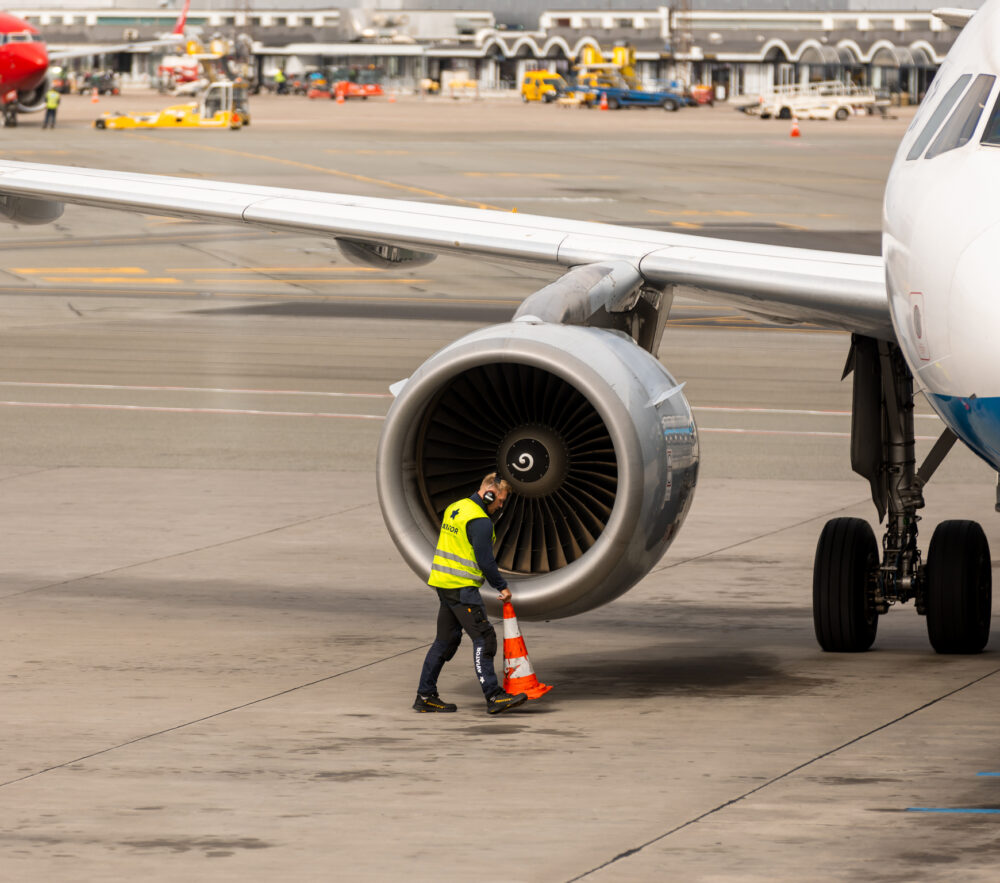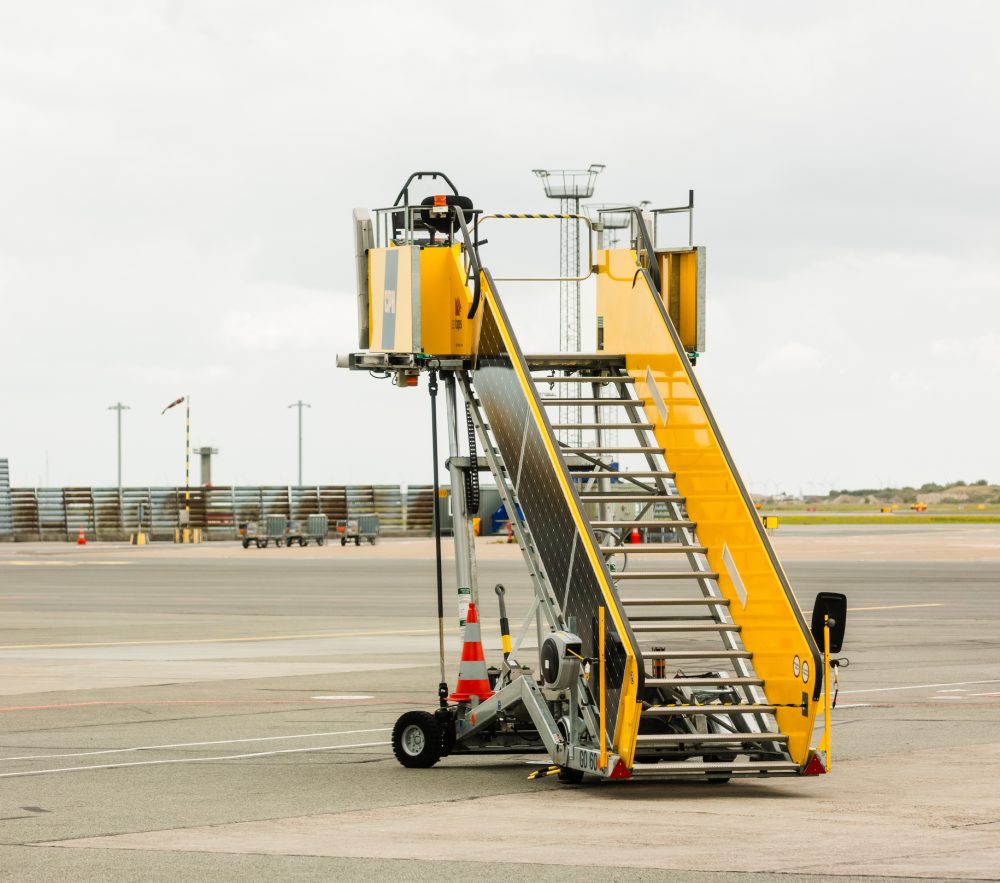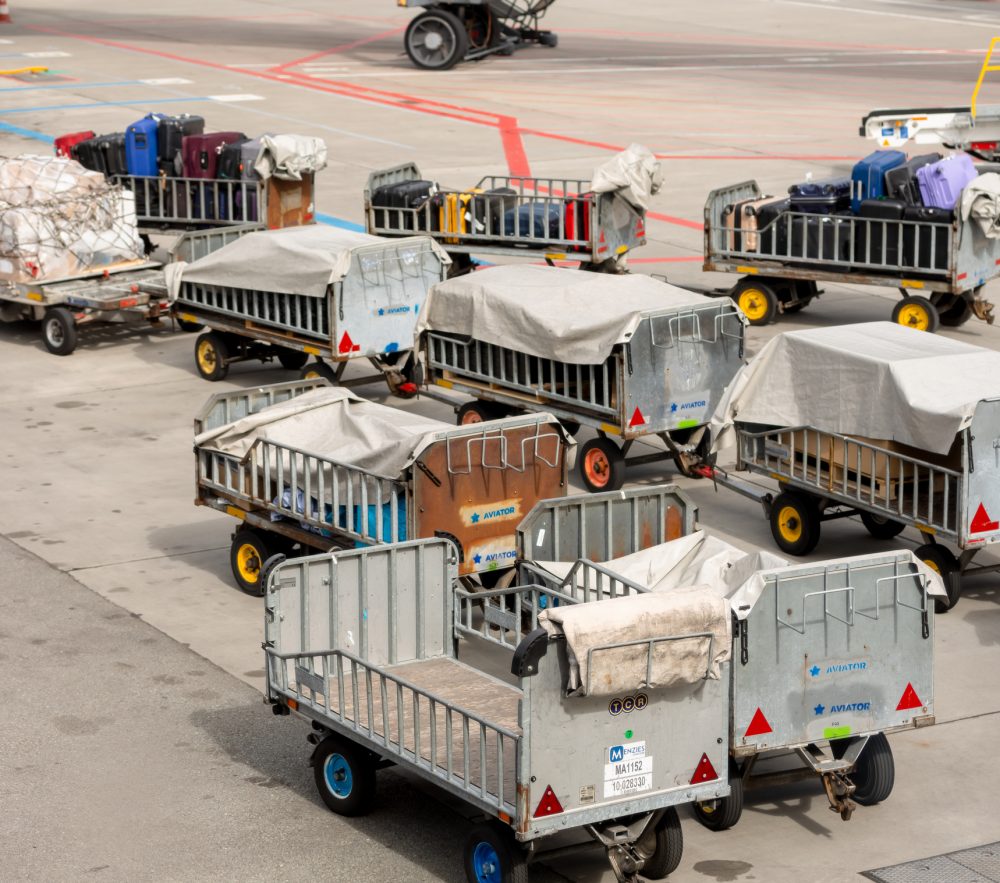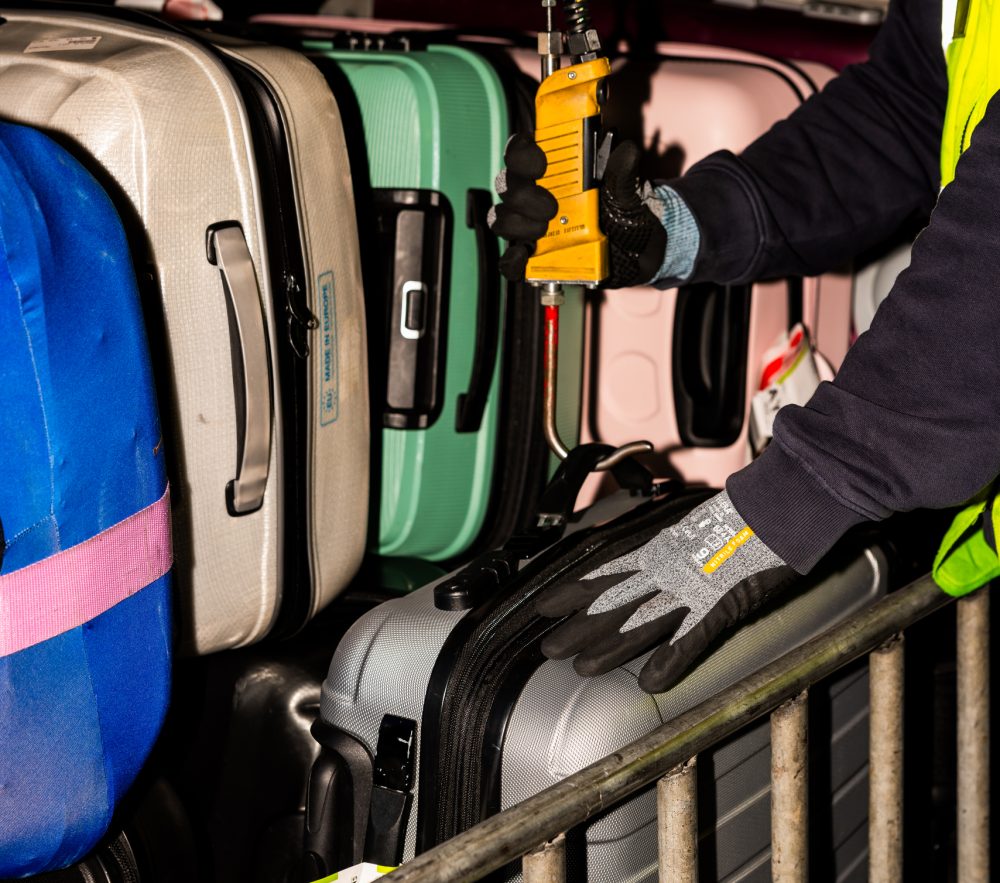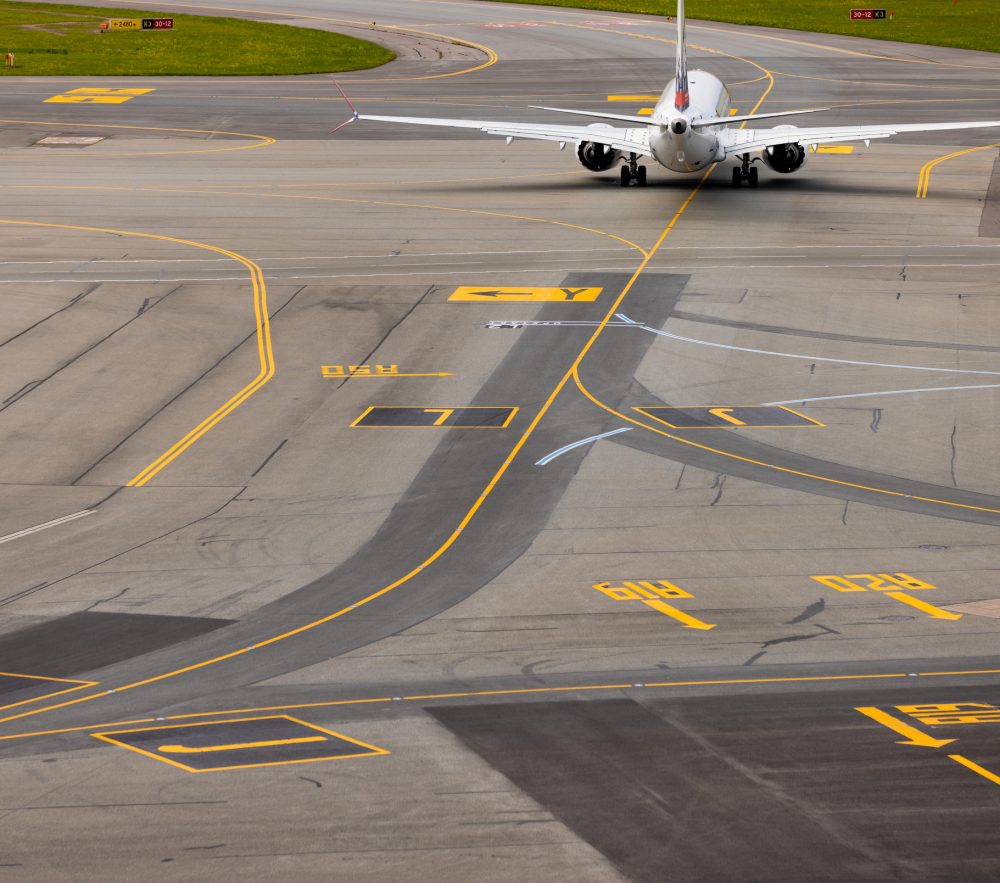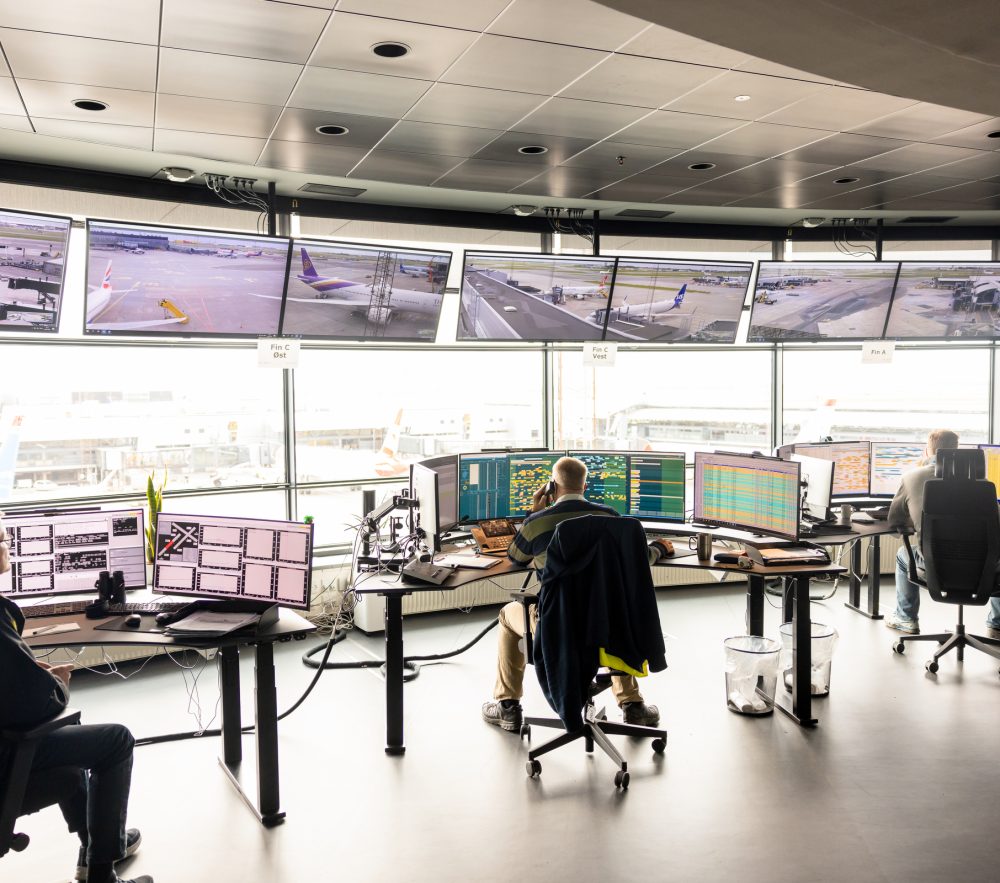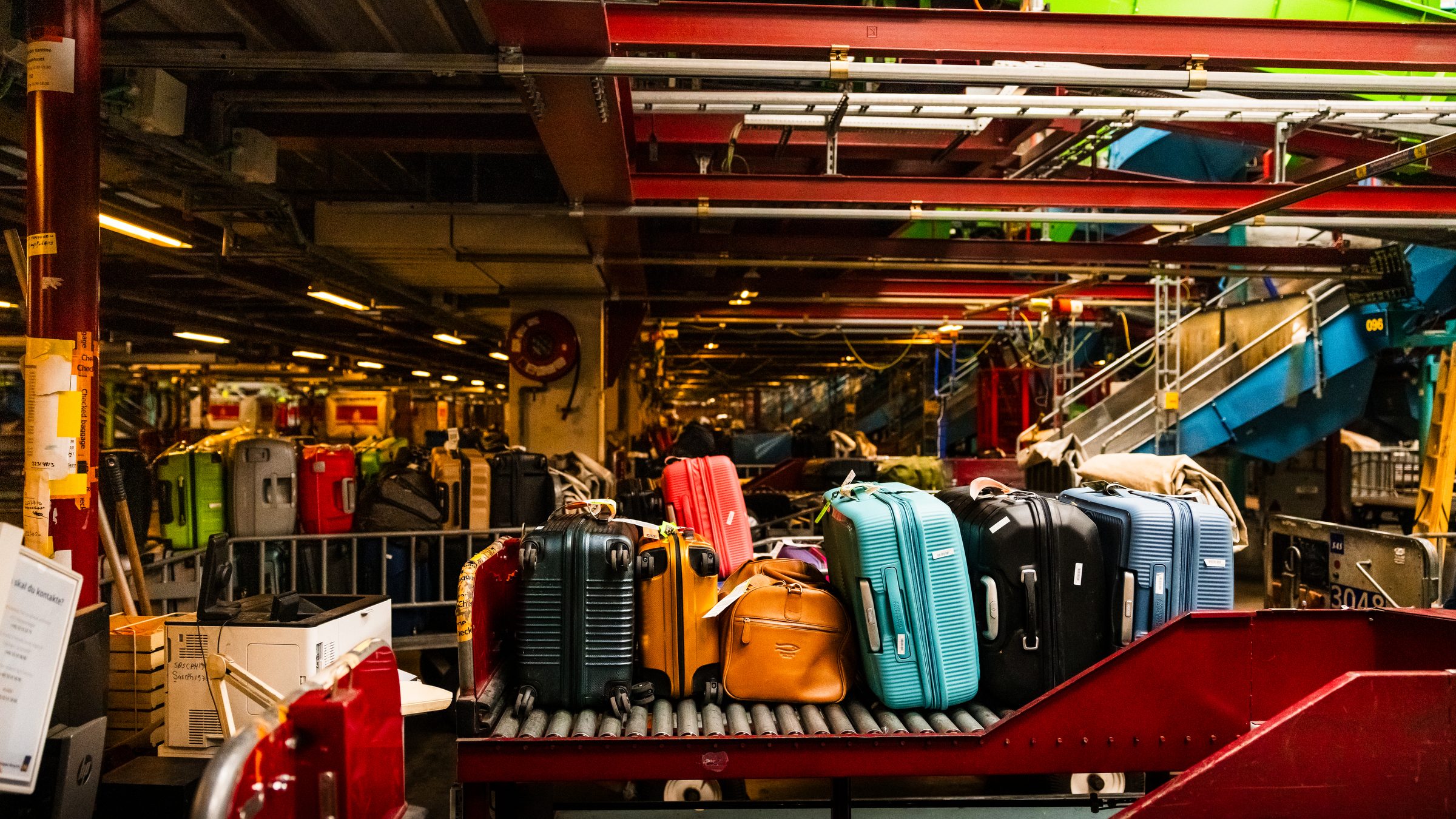
The success story of CPH Airport’s foray into AI
Back in 2015, CPH Airport hit maximum capacity on luggage during the summer months. One obvious solution was to expand physical capacity and build a new hangar. Several factors spoke against this decision, however. For one, it was hardly a scalable solution – they couldn’t simply extend new hangars into the environment indefinitely, and building a new hangar was both expensive and time-consuming.
Another solution presented itself: optimize existing capacity. Two factors determined the success of this strategy. First, the ground-handlers had to know how long the first and last bag stayed on the racetrack for each incoming flight. Second, they had to know the time it took from the flight blocked to the first/last bag on the racetrack. If the ground-handlers knew these two timestamps precisely, they could determine which truck to send to which hangar, when, and in which order.
In 2015, however, the ground handlers didn’t really know that. Not really. They had some rule-of-thumbs and provisional timestamps, but they weren’t so precise as to be non-optimizable.
What ground handlers did know was that seconds in one direction or the other mattered. As soon as one belt was chosen, the decision was irreversible. Luggage trucks couldn’t reverse, and travelers who had already taken their luggage off the belt could not be asked to put it on again.
In 2015, CPH Airport and Netcompany embarked on a collaboration to test a novel idea: could a machine produce a model superior to the airport’s existing model for estimating luggage timestamps?
Netcompany was taught all the intricacies of luggage handling from the first to the last timestamp. On the basis of large amounts of near real-time luggage data supplied by CPH Airport, Netcompany made a PoC (Proof of Concept).
The result was clear. A so-called ensemble model outperformed the previous rule of thumb by a large margin. The ensemble model gave its first prediction 10 minutes before landing, a second prediction when the plane landed, and so forth. Each time, its prediction got more precise. Ground handlers now competed with each other as their performance could now be precisely measured.
In 2016, the model was put into production. It is continuously validated against actual results to monitor its predictive performance. If the model is drifting, it is retrained to boost performance.
AI and the inversion of traditional programming
The model that outperformed the old rule of thumb was an AI model. Unlike previous models, it wasn’t hand-coded by a human programmer – it was discovered by a learning algorithm. The learning algorithm started with nothing but data and a goal to fit a model to that data. By the magic – and mathematics – of machine learning, it fitted a model to the data better than humans could.
For intricate tasks like predicting timestamps for luggage, it was superior. The question was whether AI could help solve other problems in CPH’s business.
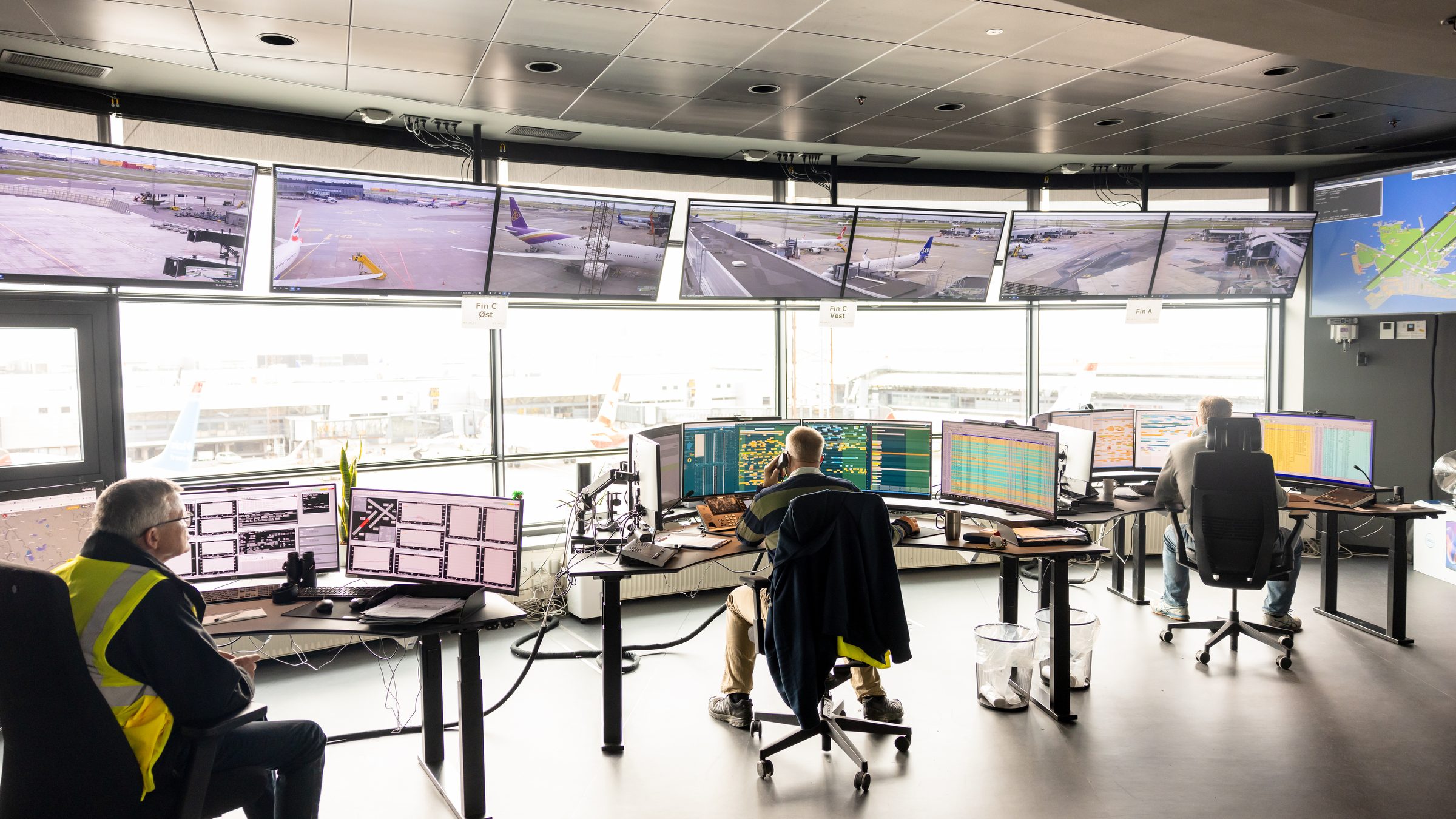
Finding innovation candidates
Around the same time as the luggage AI case, CPH had a goal of keeping queue waiting times to a maximum of 10 minutes.
The problem seemed eerily like the problem of optimizing baggage: what was needed was some model of how many passengers would get on what flight, when they would show up, and what determined when they would show up. It was hypothesised that an AI might be able to fit a model to the available data much like it had done for luggage, but for various reasons, the model never went into production.
CPH continued to search for areas where AI might be able to optimize operations, testing e.g. whether intelligent regulation of the ventilation system was possible, by modeling how many people would occupy a certain space at a certain time and for how long – and predicting that well in advance.
For each hypothesis, a “fail fast” philosophy was used: spend as little time as possible testing the strength of the signal in the data.
The next time this “fail fast” methodology resulted in a strong signal was not in security or ventilation, but safety.
Increasing safety with AI
In 2019, whenever a new project floated, say, building a new runway, three people at Copenhagen Airport were hard at work, digging into project descriptions, identifying potential hazards, and comparing them to previous projects. These three people were risk assessors. They did all their work manually in Word documents, and they did it well. The only problem was that it was a time-consuming process that often slowed down projects.
For obvious reasons, the task could not be automated. No simple rules could classify projects according to hazards, no two projects were the same, and novel hazards might arise. The task required cognitive labor. Simply hiring more risk assessors was only an expensive last resort.
»I told them that it was very important that we used the AI model as an input, not an output.«
Sine Abildgaard Rosenberg
Netcompany and CPH teamed up to test whether the risk assessment process itself could be optimized. If an AI could automatically compare earlier risk assessments to new projects and identify potential hazards associated with a new project, risk assessors could become more effective at their job.
For the PoC, Netcompany was handed a dataset of 400 risk assessments, which, in close collaboration with the airport, was cleaned up, structured, and compensated for its small size.
»Because of the lack of data, we expected the model to develop a bias towards saying that a hazard was not relevant, even though it was. We needed to do some resampling, improve on the features, and put some emphasis on single words,« Netcompany manager Sine Abildgaard Rosenberg says.
First, a set of categories for hazards had to be established. Too few categories, and the categories would be imprecise. Too many, and the model would be susceptible to bias.
NC worked closely with the expert risk assessors from the airport to identify the correct categories.
With sound categories established, an AI algorithm was used to identify which hazards were most relevant to a given project – potentially several for each project.
The second model, a so-called unsupervised model trained to find similarities between different projects, was more straightforward. Each time a new project was implemented, it was added to the pool of projects.
The two models were implemented in 2020. Today, they are fully integrated into the regular workflow and interface for risk assessment. Whenever a new project floats, risk assessors are shown the five most similar previous risk assessments for each current one as well as a the set of relevant hazards identified with the current project.
As for the hazard prediction model, it is re-evaluated every 6 months to ensure its continued precision.
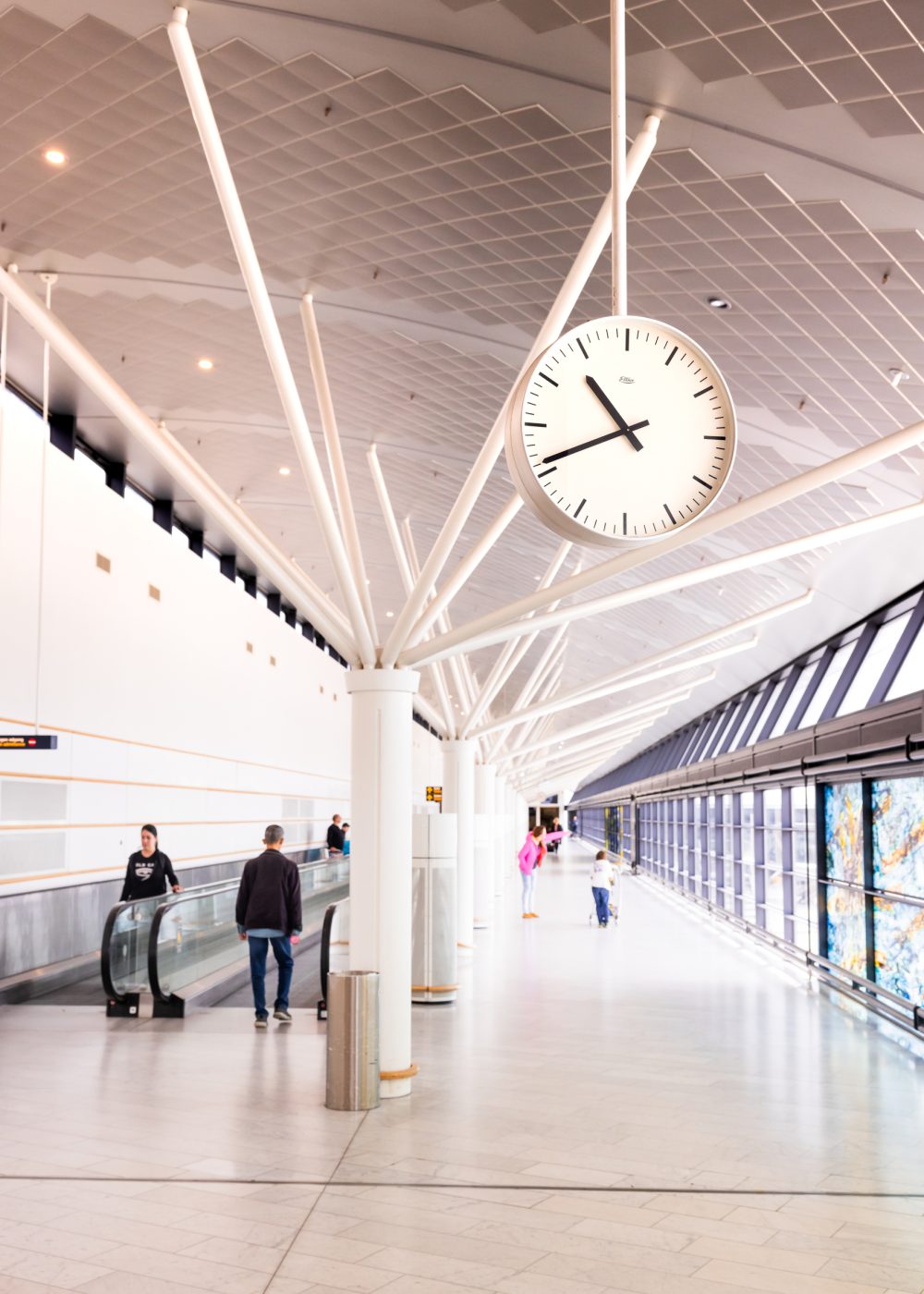
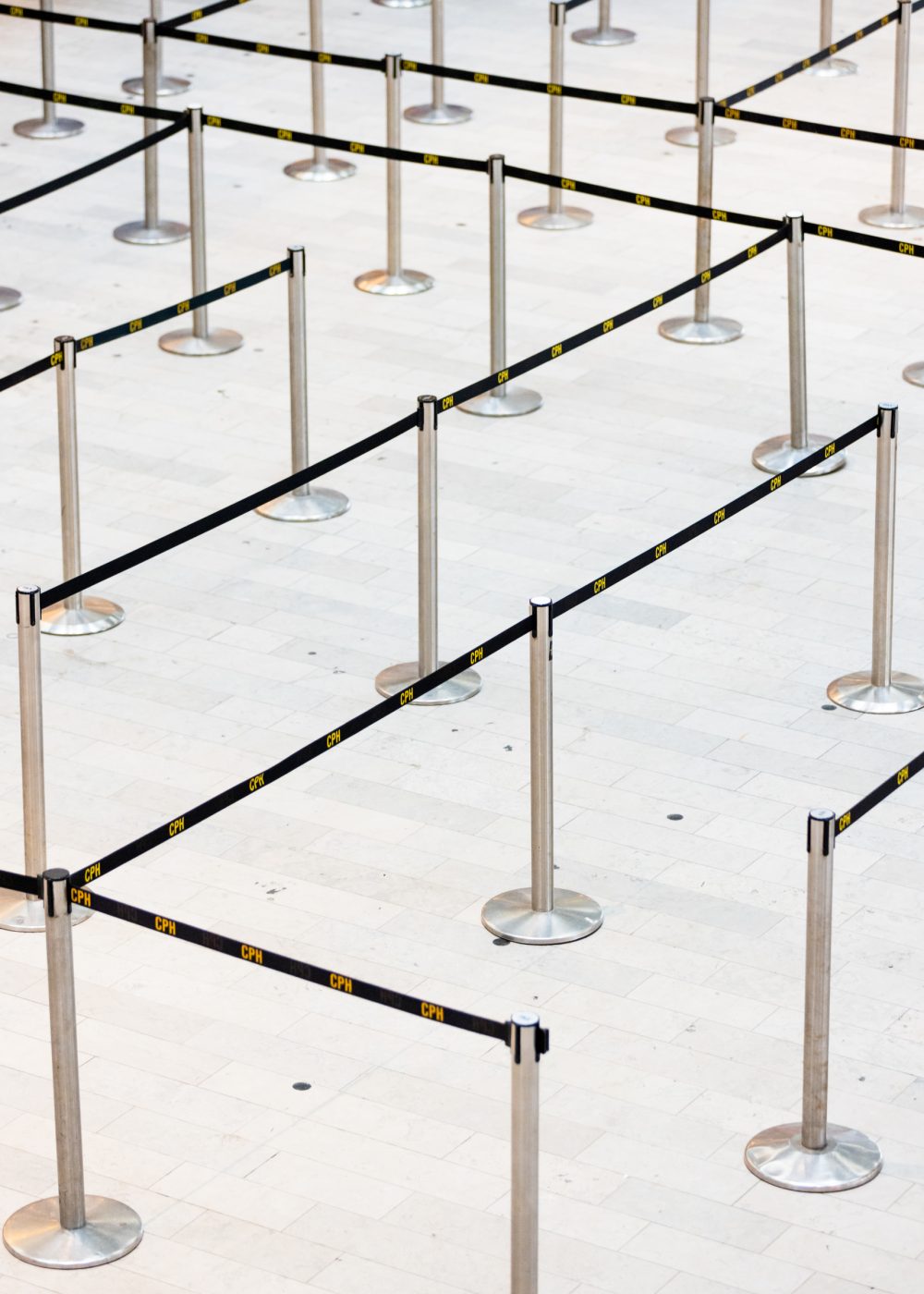
From PoC to an AI-ready, real-time data platform
The longstanding collaboration between Netcompany and Copenhagen Airport culminated in July 2023, when the major platform AIRHART was launched.
Today, it functions as a digital control tower for all airport operations. The platform helps accelerate the AI-roadmap at Copenhagen Airport by creating a solid data foundation for future AI models. An AI Co-Pilot has already been developed in a short amount of time to become the airport’s first very own intelligent chat interface. Another AI model is in the pipeline to improve the airport’s modeling of taxi times, and a third will automate the process known as flight linking.
When the time is ready, it’s possible to extend the AIRHART platform to be a future home for AI models.
What made CPH so successful in integrating AI into its business? One thing is certain: CPH didn’t achieve success by starting out by digging deep into the technicalities of the newest AI models. Rather, they started out by testing a lot of hypotheses about AI as a general technology, in close collaboration with a tech company. Some of those tests turned green; others red.
»The machine learning job we did had very little to do with the technicalities of machine learning«, says Christian Prip, Principal at Netcompany.
»It was more about getting CPH Airport and Netcompany to think collaboratively about hypotheses for innovation, and test things together to find the strongest signals for moving forward,« says Christian Prip.
In its broadest sense, AI is about nothing else than finding the most successful representations of reality – whether luggage handling, safety issues, text, or images.
CPHs journey into AI reached a new phase with AIRHART, but it started with a simple thought: What if we could model reality more precisely using AI – and how would that affect our competitiveness?
To learn more

More stories
Explore more stories here
